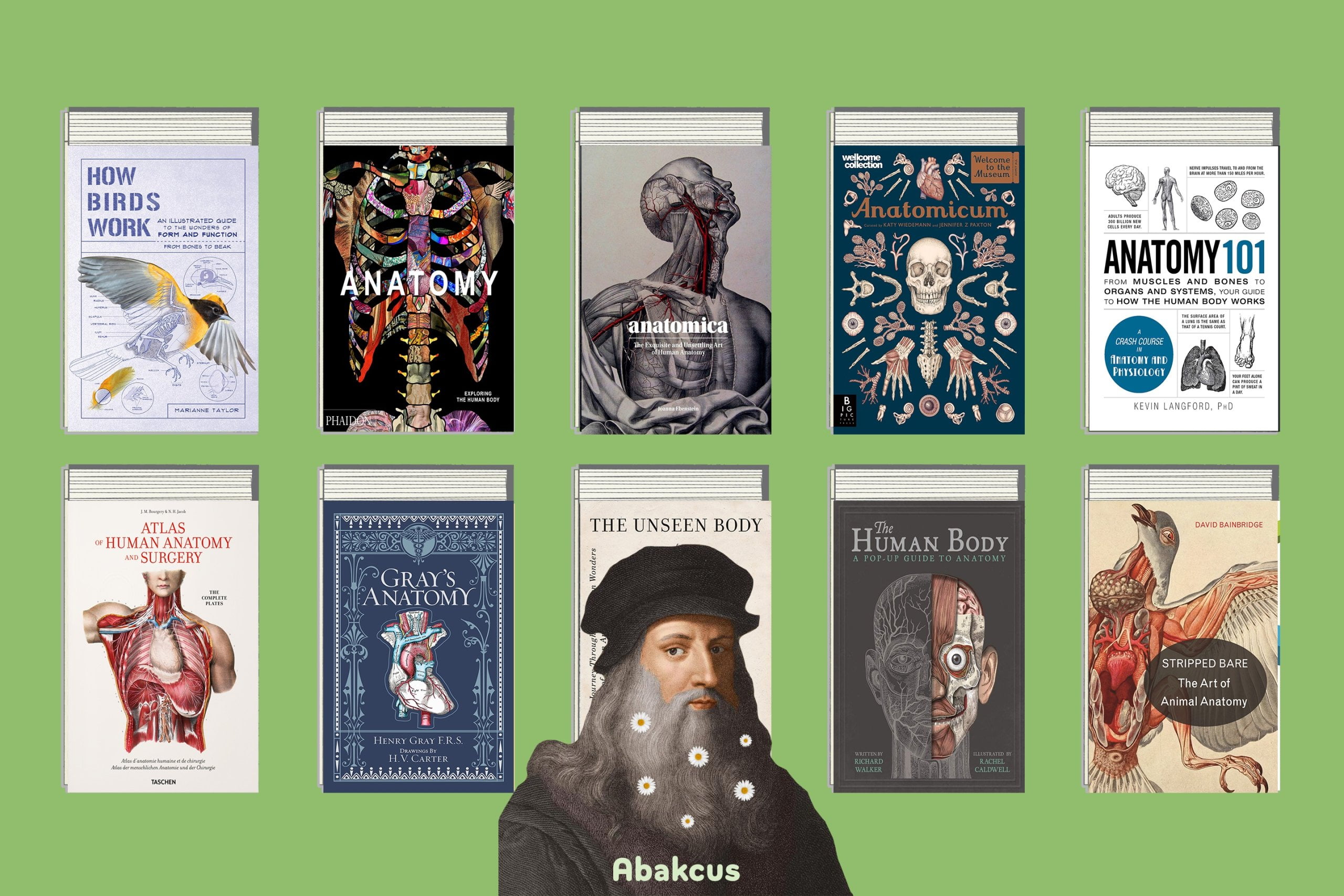Abdominal Stalk: Unveiling the Fascinating Science of Digestion
– Body-stalk anomaly is a rare abdominal wall defect in which the abdominal organs develop outside of a baby’s abdominal cavity and remain attached directly to the placenta.
– This condition is accompanied by a short or non-existent umbilical cord and is almost always fatal for the fetus.
– The cause of body-stalk anomaly is unknown, but theories include early rupture of the amnion or amniotic band constriction due to that rupture, disruption of the embryo’s vascular system, or abnormalities in the fertilized egg.
– Body-stalk anomaly has been associated with cocaine usage and younger mothers but is mostly considered to occur randomly and is not believed to be genetic.
– Diagnosis is usually made through prenatal ultrasound in either the first 10-14 weeks or 16-20 weeks of pregnancy, and abnormalities in abdominal structures, head, arms, and legs can be seen.
– Early detection allows parents to have the option of early termination.
– There is no known treatment for body-stalk anomaly.
– The focus of treatment for this condition is counseling and support for the expectant mother and family, as well as allowing the option to terminate the pregnancy or let it proceed naturally, knowing the baby will live for only a short time after delivery.

